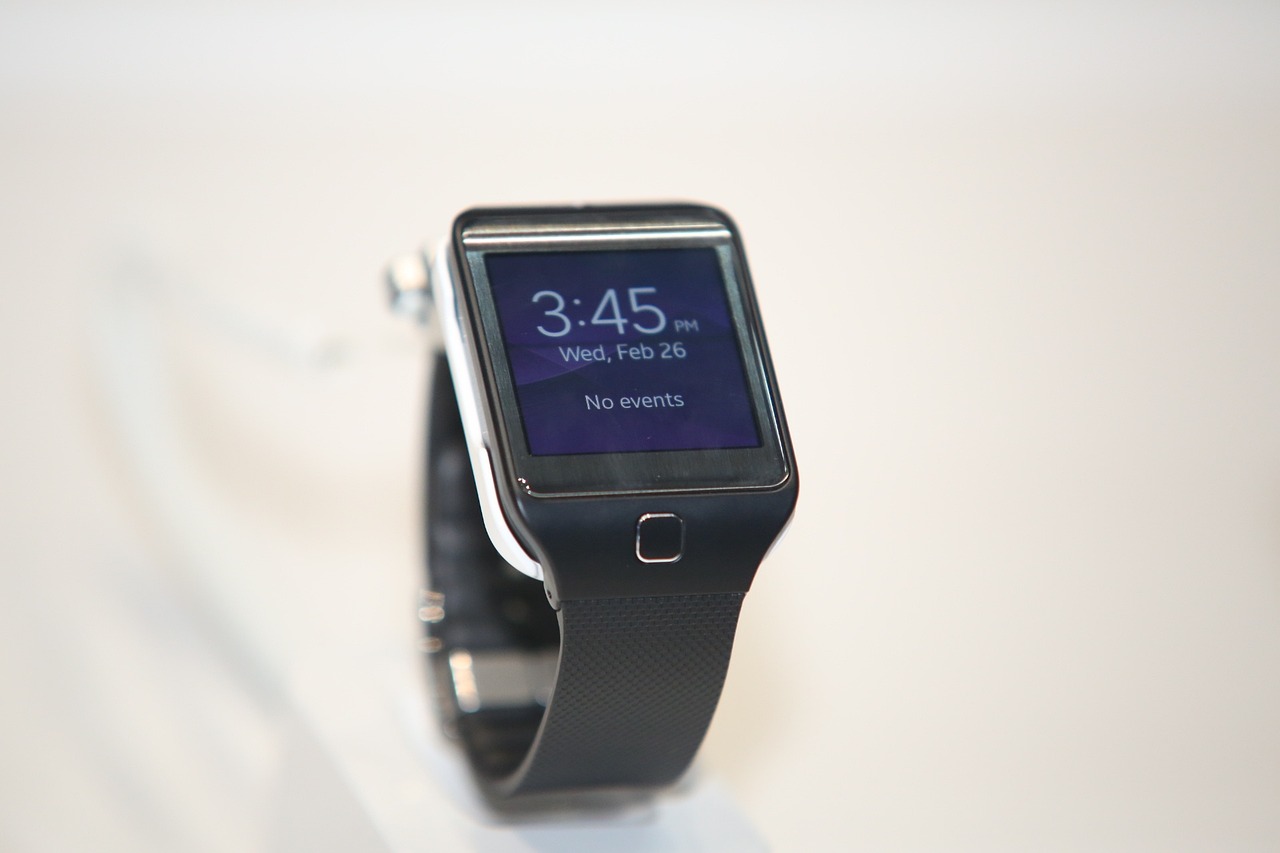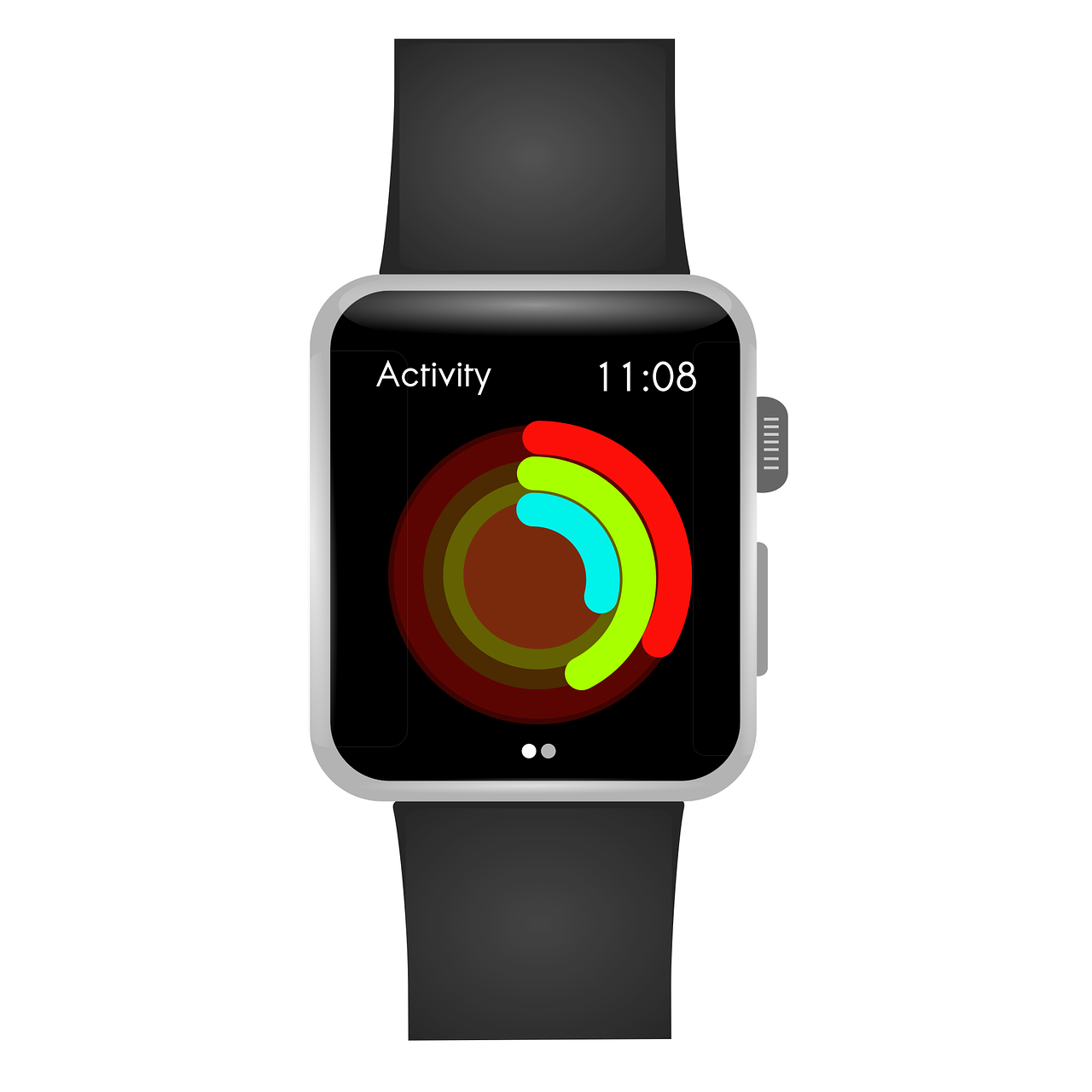Smart Controllers vs. PLCs: Understanding the Differences
Smart controllers and PLCs are both industrial automation devices that play a crucial role in the operation and control of manufacturing processes. However, there are several key differences between them. PLCs (Programmable Logic Controllers) are more suitable for tasks that require high speed and deterministic response, such as motion control or robotics. On the other hand, smart controllers, which are based on the latest AI technology, excel at handling complex algorithms and big data analytics, making them ideal for applications like machine learning and artificial intelligence. Moreover, PLCs are often used in conjunction with other devices in an automation system, while smart controllers can operate as standalone devices. In summary, both smart controllers and PLCs have their unique advantages and disadvantages, and the choice between them should be based on the specific requirements of the application at hand.
In the world of industrial automation, two terms that often come up are smart controllers and PLCs (Programmable Logic Controllers). While both devices play a crucial role in sequence control, data processing, and system monitoring, there are significant differences between them. This article delves into the key distinctions between smart controllers and PLCs to help readers better understand their unique features and applications.
What are Smart Controllers?

Smart controllers are advanced microprocessor-based devices that are optimized for specific applications in industrial automation. They are characterized by their ability to perform complex algorithms, communicate with other devices, and have a degree of self-diagnostic capabilities. Smart controllers often come with built-in features such as alarm handling, data logging, and user interface capabilities, making them ideal for applications where flexibility and adaptability are essential.
What are PLCs?
PLCs, or Programmable Logic Controllers, are a type of industrial control system that utilizes a microprocessor to process data and control the input and output of various devices. PLCs are designed to be highly reliable and robust, able to perform simple to complex tasks depending on the programming. They are commonly used in applications such as manufacturing, process control, and robotics.
Key Differences
1、Functionality: Smart controllers excel in complex applications that require advanced algorithms and computations. PLCs, on the other hand, are optimized for basic logic operations and sequencing tasks.
2、Flexibility: Smart controllers typically offer more flexibility in terms of the range of operations they can perform, making them suitable for applications where PLCs might not be cost-effective or feasible.
3、Communication: Smart controllers often have built-in communication interfaces such as Ethernet, PROFINET, or OPC UA, which enable them to communicate with other devices and systems more easily. PLCs usually have more limited communication capabilities.

4、User Interface: Smart controllers often come with built-in user interface capabilities such as touchscreens or menus, making them easier to program and monitor. PLCs typically require external HMI (Human Machine Interface) devices for user interaction.
5、Cost: PLCs tend to have a lower initial cost, especially for basic applications. However, the additional cost of a smart controller may be offset by its ability to handle more complex tasks, reduce the need for external equipment, and provide better diagnostic capabilities.
Applications
Smart controllers and PLCs both have their respective applications in industrial automation. PLCs are commonly used in applications such as factory automation, robotic systems, and process control, while smart controllers excel in areas like temperature control, motor control, and packaging machines. The choice between the two depends on the specific requirements of the application, including budget, complexity, and the need for advanced features like communication and user interface capabilities.
Conclusion
Smart controllers and PLCs both play crucial roles in industrial automation, but their specific applications and capabilities vary widely. Understanding the key differences between them can help engineers and technicians make informed decisions when selecting the right control system for their specific needs. With the right choice, industrial automation systems can be optimized to perform at their best, maximizing efficiency and profitability.
Articles related to the knowledge points of this article:
PLC as a Controller: An Examination of Its Role and Functionality